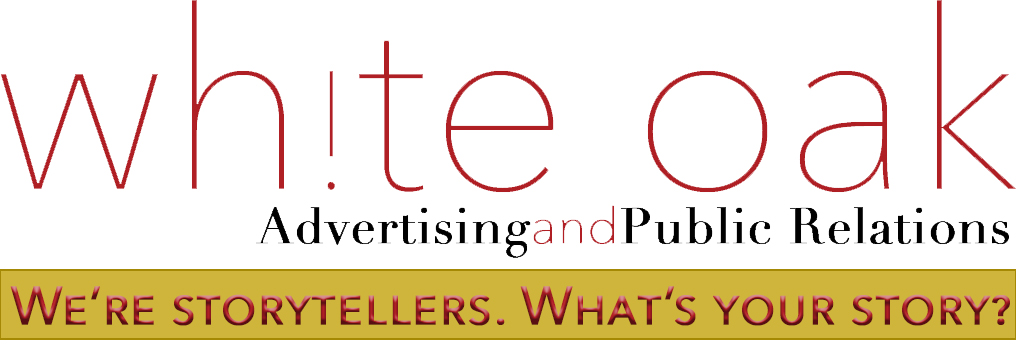I was in a meeting the other day with a group of fellow downtown business owners. The group was made up mostly of young entrepreneurs with a couple of veterans thrown in. The purpose of the meeting was to brainstorm ideas to bring more shoppers downtown over the holiday shopping season.
It went much as I expected it to. People floated ideas about promotions, cross promotions and events. All ideas had one common denominator — no one wanted to invest any money on anything, which made the event kind of gloomy for someone in the advertising business.
One of the veterans in the group has owned a high-end furniture store downtown for decades. He’s a very respected member of the community.
One of the younger people asked him what kind of advertising and marketing techniques had worked for him over the years.
“It’s always been about building the brand,” he said.
Truer words have never been spoken.
Promotion is short-term, a flash in the pan, something that grabs attention for a minute.
But building the brand is the slow burn that helps any business stand the test of time. It is paramount to a long-term marketing strategy.
A business’s brand is what sets it apart from everyone else. It’s the cornerstone of the public persona of a business.
And it cannot be built overnight.
Your brand starts with your store’s physical appearance. Is it neat, inviting and unique? On a national level I’ve always thought clothing stores for teens like Hollister, American Eagle and Abercrombie & Fitch do a good job of creating a unique physical space.
Your print pieces, signs, website, social media, and other advertising need to be cohesive. Keep your colors and your message constant across the board regardless of the medium.
Even your packaging, if applicable, should create excitement for the shopper. At Church Street Candle Company (one of my wife’s businesses), she gives shoppers a pack of personalized matches when they buy a candle. What is your special touch?
And of course, your brand is reflected in your customer service. Is your training program for new employees adequate? Do you push exceptional customer service and reinforce it constantly with your staff?
Your brand is not only the way people see you, it’s the way they remember you.





